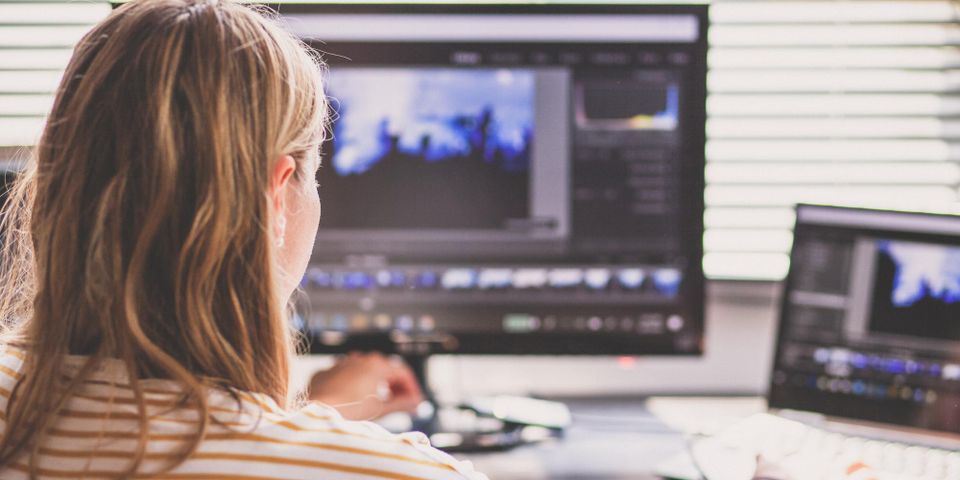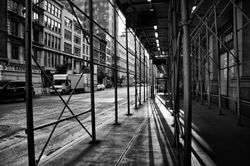
Black and white images can elevate many subjects, bringing a sense of romance, professionalism, or intensity where desired. From camera usage to editing software, balancing the right equipment with your own critical eye can result in the photo quality you want. Here are five tricks to get the most out of your black and white images.
What to Do When Editing Black & White Photos
1. Convert in RAW
RAW is a file format that captures all information from your camera sensor. Since it’s unprocessed, there’s greater control over photo manipulation when editing.
Manually switch your camera mode to ‘RAW’ to start shooting. RAW offers a wider dynamic range and larger color space, meaning hidden details won’t get lost in black and white; this will add depth and character to your edits. Raw lets you make more adjustments to your images with less loss. Adjustments to areas like a sky will be much cleaner without banding like we often see in jpg images with the same amount of adjustments.
2. Balance Contrast
Photos utilizing deep blacks and pure whites will better emphasize your subject. If you know you want a photo in black and white prior to shooting, seek shots that naturally incorporate a range of strong blacks and whites–like a dark tree sitting alone on a snowy hill. Scenes with strong opposing colors will give photos depth.
To edit your images for contrast, make darks darker and lights lighter. Excess contrast when editing risks concealing small details within the image. Finding your ideal contrast takes practice and repetition and will coincide with the mood you’re trying to evoke.
3. Expose for Shadows

Shadows create intensity, form, and size in images. Exposing for the shadows means shifting light towards the image highlights to keep it bright and vivid. Be careful not to clip the highlights too far by checking your histogram.
Without this, you may be left with murky, in-between tones rather than crisp whites and blacks. You can adjust your shutter speed or your film / digital speed to accomplish this edit. Your f/stop should of course be set to accomplish the desired depth of field.
4. Dodge & Burn Tools
Using a methodology popularized by original darkrooms, these tools help target highlights and shadows within an image. “Burn” or darken the presence of light across your photo, and contrast this by “dodging” or restricting shadows. Utilizing these editing effects allows you to manage the extent of contrast and localized detail in your image.
5. Shapes & Textures
By positioning interesting, unique mixes of shapes or textures in-frame on any camera, it’ll save you time trying to edit for clarity or contrast later. Use familiar shapes—like people or buildings—to build photos that stress or contrast recognizable forms in black and white.
The same principle applies to textures. Shooting woven patterns or distinct surfaces, like wood and brick, allows monochrome images to “pop” even without color. Sometimes, or most of the time, the best editing begins with the right shot.
Amazing photos start with quality photo equipment. For all your film & digital accessory needs, look no further than the professionals at K & R Photographics in Fort Mitchell, KY. From cameras to color tools, they are ready to serve the Cincinnati Tri-state area & beyond with top of the line cameras, accessories or other photo equipment. Contact them at (859) 341-6986 or visit them online.
About the Business
Have a question? Ask the experts!
Send your question

